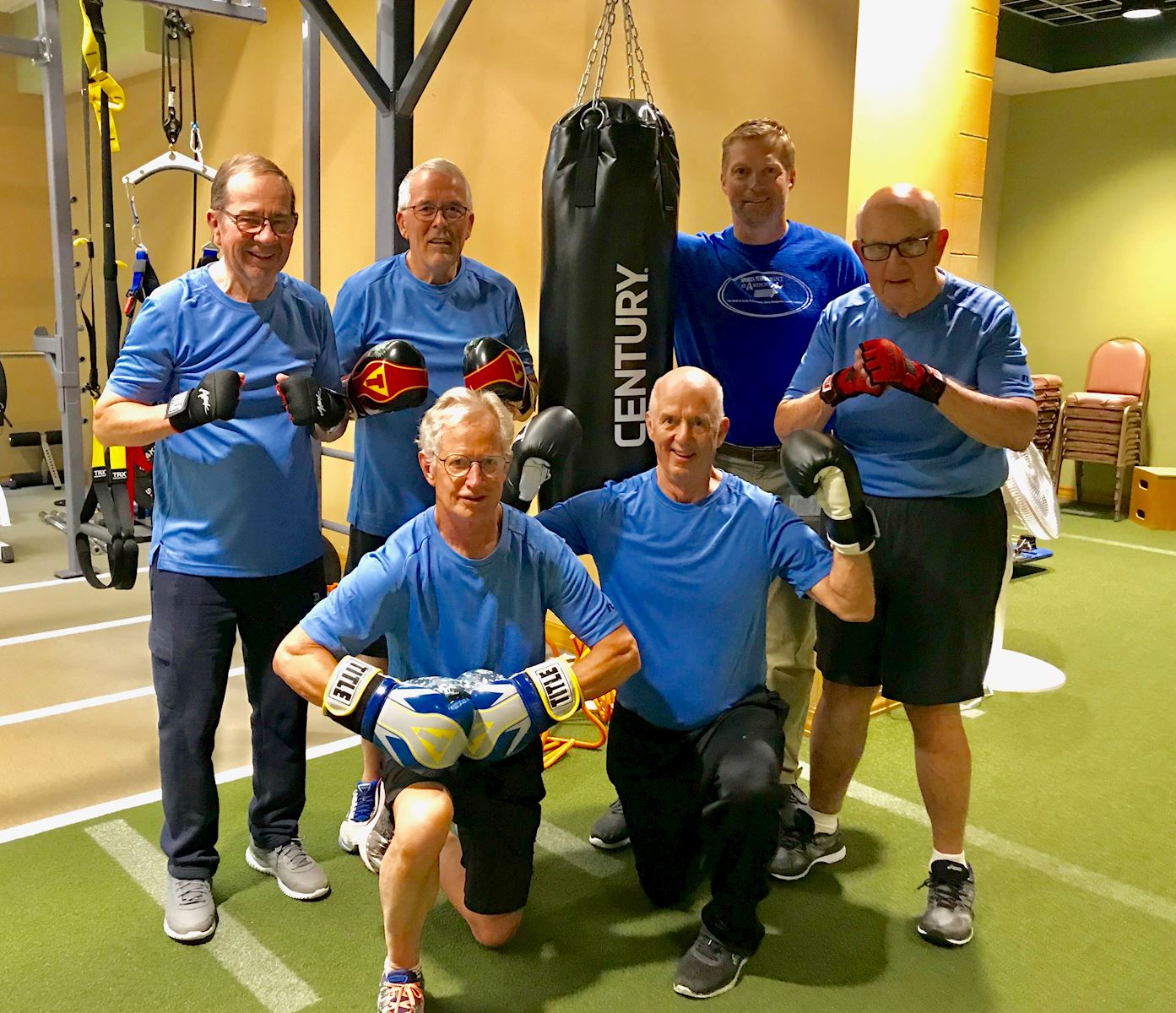posted
on 4/1/2021
in
BLOGS from St. Anthony
 When you think of icon and actor Michael J. Fox, chances are you think of his battle with Parkinson’s Disease after publicly disclosing his 1991 diagnosis, at age 29. While there is no cure for Parkinson’s at this time, there are a number of treatments that can ease symptoms. There are an estimated 1 million people in the U.S. living with Parkinson’s disease and more than 10 million people worldwide. Most people who develop the symptoms of Parkinson’s disease do so sometime after the age of 50, but Parkinson’s disease can affect younger persons as well. Approximately 10% of Parkinson’s diagnoses occur before age 50—these diagnoses are called Early Onset (or Young Onset) Parkinson’s disease.
When you think of icon and actor Michael J. Fox, chances are you think of his battle with Parkinson’s Disease after publicly disclosing his 1991 diagnosis, at age 29. While there is no cure for Parkinson’s at this time, there are a number of treatments that can ease symptoms. There are an estimated 1 million people in the U.S. living with Parkinson’s disease and more than 10 million people worldwide. Most people who develop the symptoms of Parkinson’s disease do so sometime after the age of 50, but Parkinson’s disease can affect younger persons as well. Approximately 10% of Parkinson’s diagnoses occur before age 50—these diagnoses are called Early Onset (or Young Onset) Parkinson’s disease.
What is it, and how does it affect those who’ve been diagnosed?
Parkinson’s disease (PD) is a type of movement disorder that can affect the ability to perform common, daily activities. It is a chronic and progressive disease, meaning that the symptoms become worse over time. It is characterized by its most common of motor symptoms—tremors (a form of rhythmic shaking), stiffness or rigidity of the muscles, and slowness of movement (called bradykinesia)—but also manifests in non-motor symptoms including sleep problems, constipation, anxiety, depression, and fatigue, among others.
Physical, occupational and speech therapy
Physical, occupational and speech therapists can be important partners in the treatment of Parkinson’s disease. Physical therapy can improve your gait and direct you to the right exercise regimen. Occupational therapy can be helpful to maximize your fine motor skills. Speech therapy can be useful to address speech and language barriers that may arise with Parkinson’s disease.
Managing your symptoms with medication
Almost all patients with Parkinson’s disease eventually need to take medication to help with their motor symptoms. Several classes of medications are available. Carbidopa/Levodopa remains the most effective symptomatic therapy and is available in many strengths and formulations. It also may be used in combination with other classes of medications including Dopamine Agonists, COMT Inhibitors, MAO Inhibitors, and Anticholinergic agents. Treatment is highly individualized and adjusted over time based on symptoms and side effects.
Rock Steady Boxing at St. Anthony Rehab
Rock Steady Boxing gives people with Parkinson's disease hope by improving their quality of life through a non-contact boxing-based fitness curriculum. In the St. Anthony Rehab Services gym, exercises are largely adapted from boxing drills. Women and men condition for optimal agility, speed, muscular endurance, accuracy, hand-eye coordination, footwork and overall strength to defend against and overcome opponents. Exercises vary in purpose and form but share one common trait: they are rigorous and intended to extend the perceived capabilities of the participant. Classes meet the fitness levels at all stages of Parkinson’s – from the newly diagnosed to those who have been living with it for decades plus. To join the class or to find out more, contact Steve Schable, Rehab Services Athletic Trainer, or call St. Anthony Rehab Services at (712) 794-5000.
At St. Anthony, we offer support services such as registered dietitians, social workers, mental health, education, chaplains, and oncology certified nurses. St. Anthony Regional Hospital (Carroll, IA) is dedicated to improving the health of the people we serve. We believe in providing high-quality, healthcare services responsive to the needs of our patients. For more information, visit our website or call us at 712-792-3581. Follow us on Facebook!
Sources:
Filter
- parkinson's
- parkinson's disease
- rehab services
- rock steady